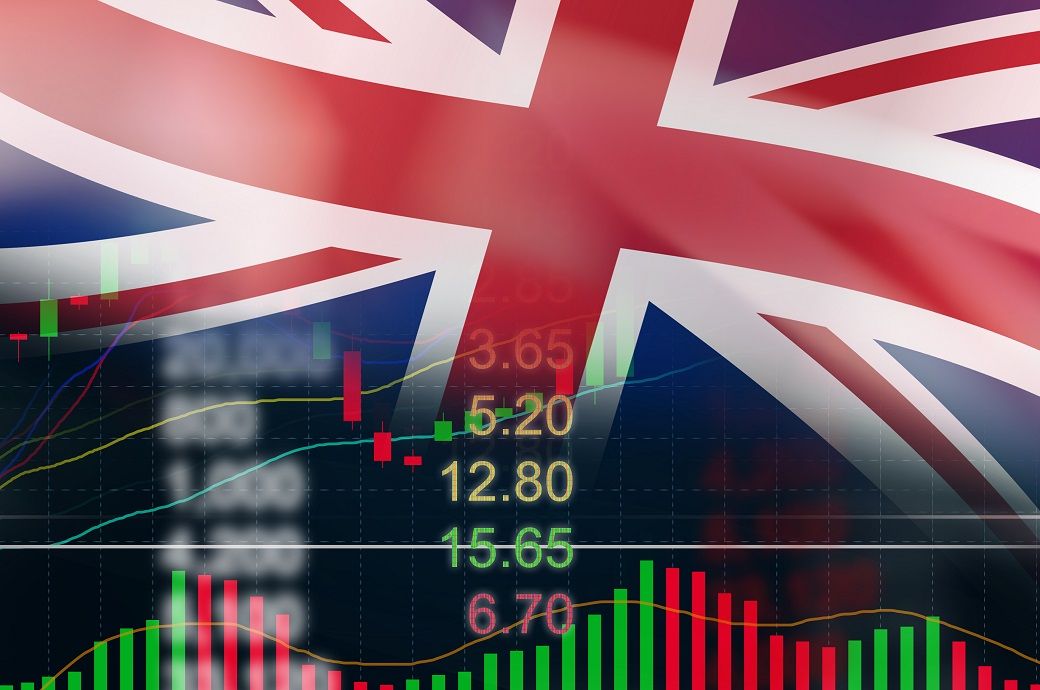
Firms’ adjustment to a labour-cost shock via job cuts and a resurgence of inflation is hitting purchasing power and consumption recovery, it noted.
Against this backdrop of structurally higher unemployment and elevated price pressures, the rating agency now expects the Bank of England (BoE) to wait until H1 2026 to cut rates again.
“We have raised our growth forecasts to 1.2 per cent for 2025 (from 0.9 per cent in June), because of a better-than-expected first half. We expect a modest acceleration in 2026 (1.3 per cent). A clearer impact of US trade tariffs is likely to translate into slower export growth in the second half, while the consumption recovery will remain weak against a backdrop of accelerating inflation and job cuts,” S&P Global Ratings said in a release.
“High price pressures will also delay further the BoE’s rate cuts to early 2026, thus keeping a lid on the investment recovery until 2027,” it noted.
Consumer and business confidence has remained weak this year, despite better-than-expected economic performance. S&P Global Ratings attributes this to domestic challenges more than geopolitical uncertainty. Most of the fall in confidence happened before US tariffs came into play and seemed to coincide with changes in fiscal policy announced in the 2024 budget.
Firms have been shedding jobs to adjust to the increase in minimum wage and national insurance employer contributions since April.
UK firms are no longer able to absorb rising labour costs. The scope for further increasing output prices is also limited as consumer demand is weak. Survey data from S&P Global purchasing managers’ index and the Confederation of British Industry suggest more downward adjustment in employment is yet to come.
This downward adjustment in jobs in the face of higher labour costs points to new structural rigidities in the labour market and a higher equilibrium unemployment rate, the release said.
Some of the increase in labour costs is being reflected in inflation, which accelerated to 3.8 per cent year on year in August.
Job cuts and a faster rise in essential goods prices is affecting consumers’ ability and willingness to spend on other items. Household real disposable income dropped by 0.9 per cent in Q1 2025 and could decrease again in the second half.
Lower inflation and interest rates should help a rebound in domestic demand in 2027, S&P Global Ratings added.
ALCHEMPro News Desk (DS)
Receive daily prices and market insights straight to your inbox. Subscribe to AlchemPro Weekly!